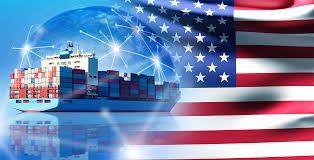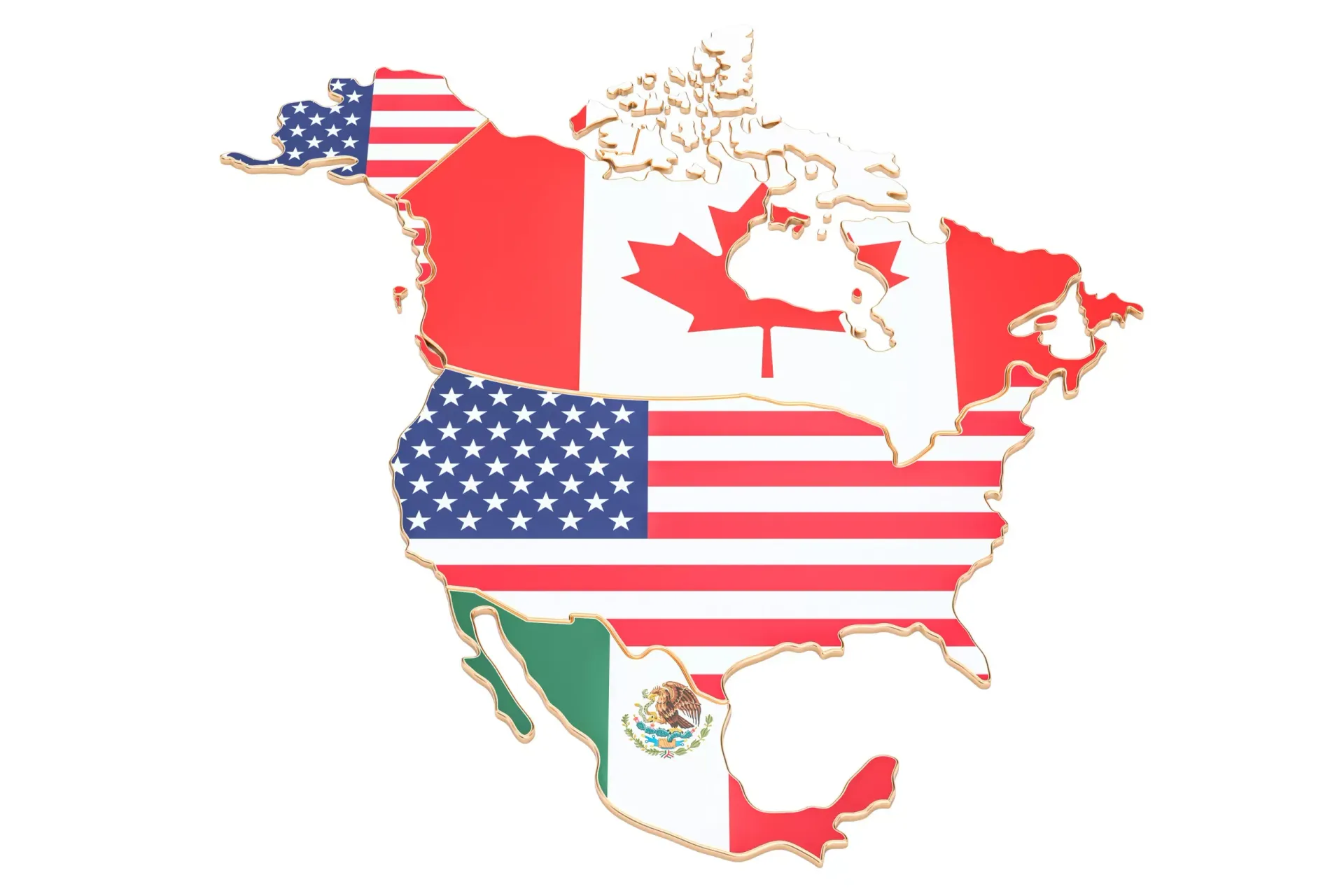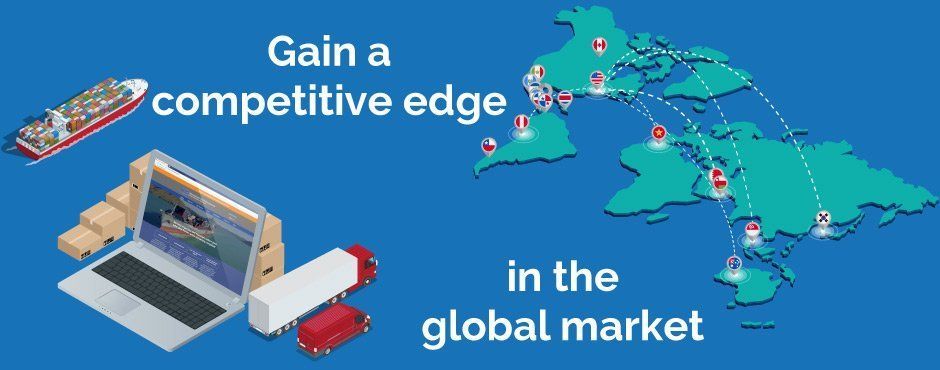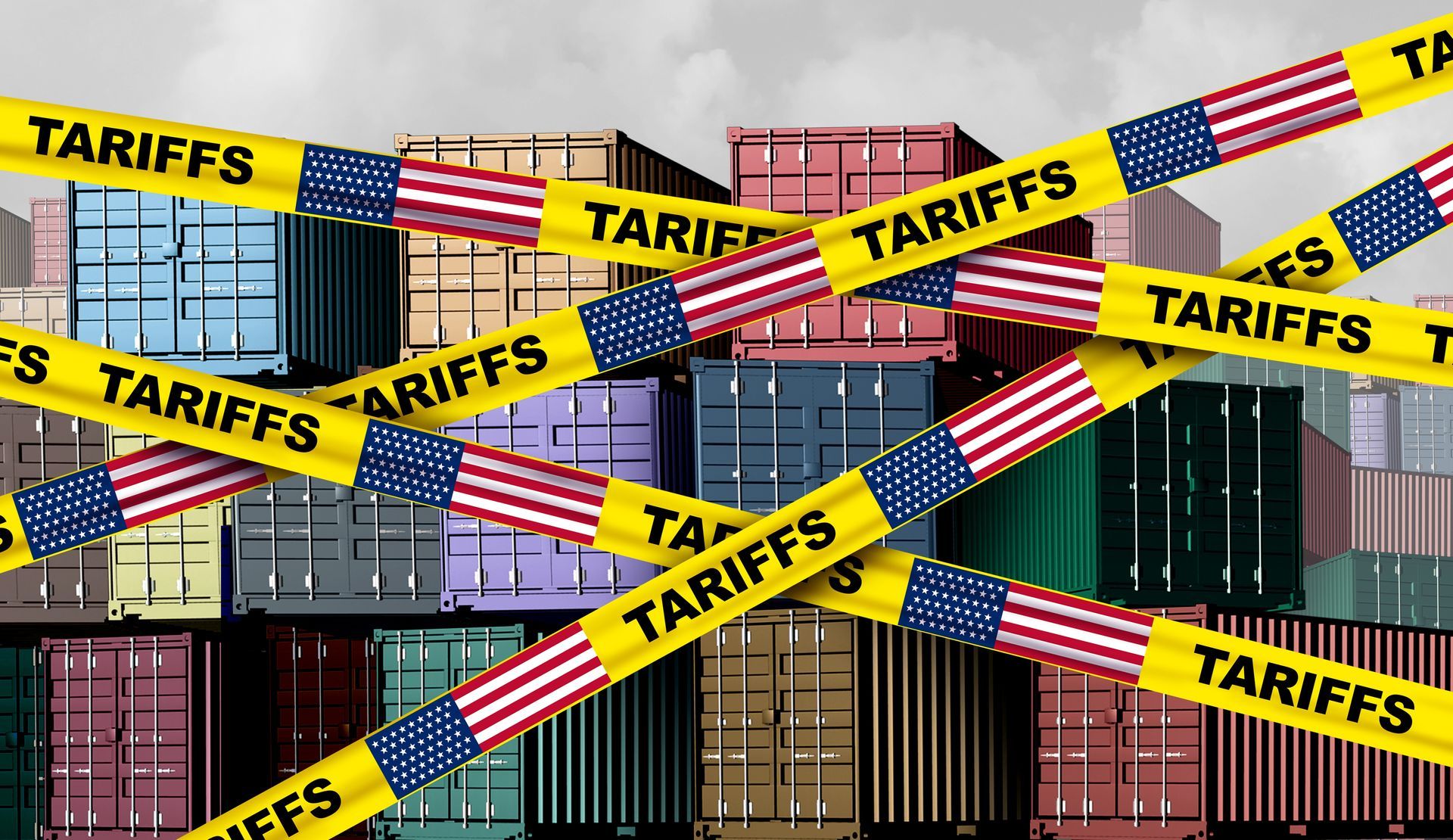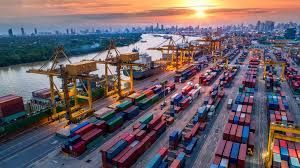Webinar Invitation: Free Trade Agreements
Gain a competitive edge in the global market.
Join our Free Trade Agreements Webinar
JUNE 8th @ 2 PM (ET)
Join us on June 8th @ 2:00 pm (ET) for our new 20-minute webinar: Free Trade Agreements. In this informative webinar, Tracy Hudak will show you how to take full advantage of Free Trade Agreements.
What is a Free Trade Agreement?
Free trade is a policy followed by some international markets in which countries' governments do not restrict imports from or exports to other countries. A free trade agreement, or FTA, is an agreement between two or more countries in which the countries agree on certain obligations that affect the trade of goods.For the United States, the main goal of trade agreements is to reduce the barriers to U.S. exports and to protect U.S. interests competing abroad. The reduction of trade barriers and the creation of a more stable and transparent trading and investment environment make it easier and cheaper for U.S. companies to export their products and services to trading partner markets.
What is NAFTA?
The most widely known U.S. FTA is with Canada and Mexico. It is the North American Free Trade Agreement, also known as NAFTA. NAFTA was implemented on January 1, 1994. It is a trilateral trade agreement between the United States, Canada and Mexico. Because of NAFTA, qualifying goods have lower duty rates or are eligible for duty-free treatment. NAFTA is reserved only for goods that are considered originating under the NAFTA rules of origin. In order to take full advantage of this trade agreement, you must strictly adhere to and comply with the rules and regulations.
About ITM:
ITM was founded in 1982 to provide hands-on services to companies involved in international trade. We specialize in Drawback, Tariff Classification, Free Trade Agreement Support, and Customs Compliance audits. We understand the complex regulations imposed by U.S. Customs and Border Protection, and we know how to work within their parameters. ITM has helped hundreds of companies recover some of the billions of dollars of refundable Drawback that goes unclaimed.




